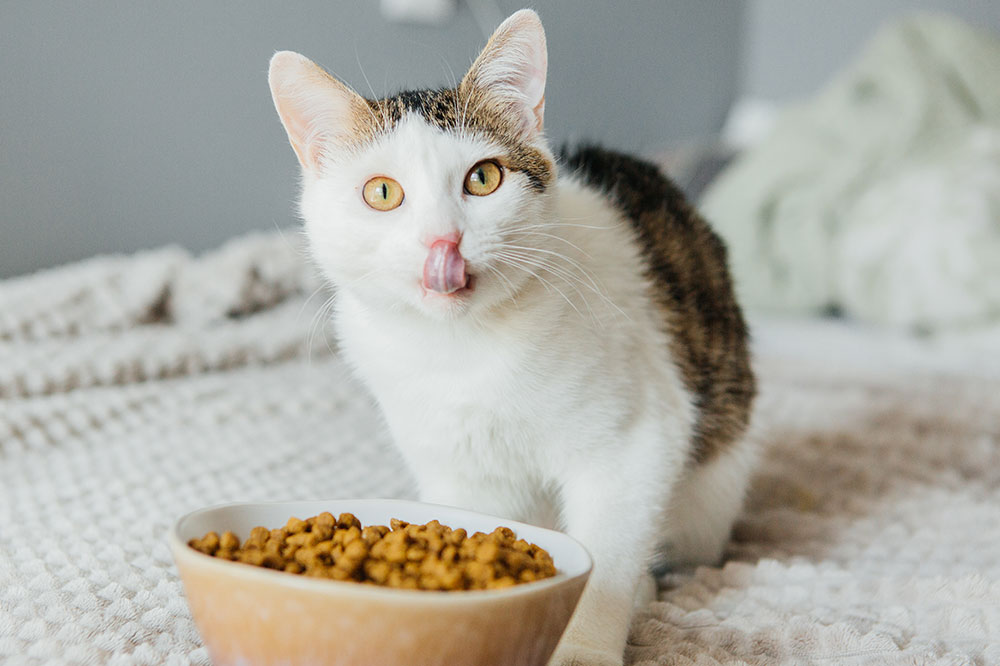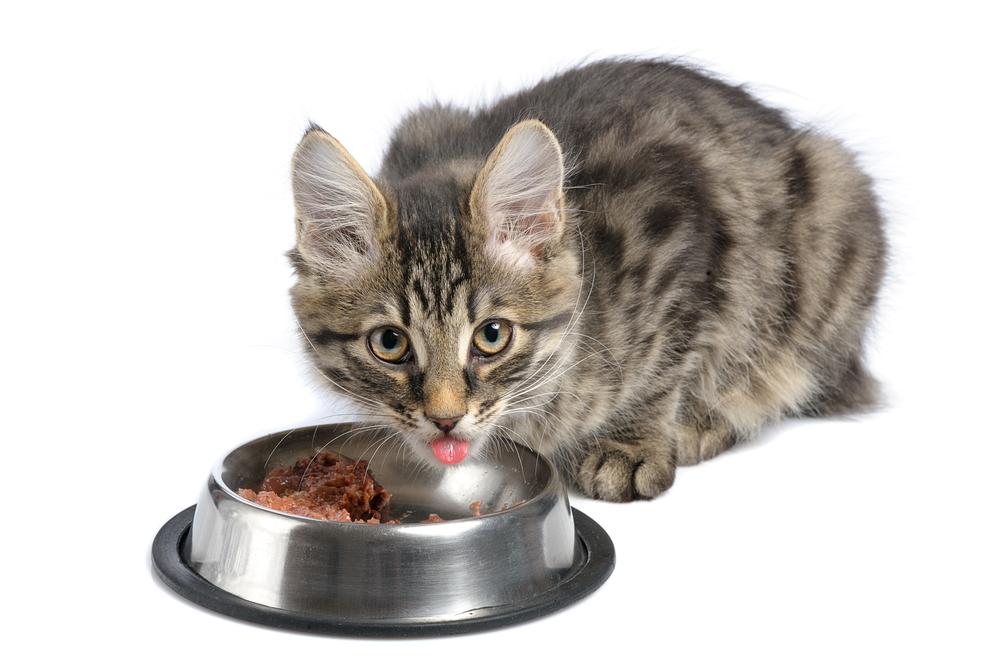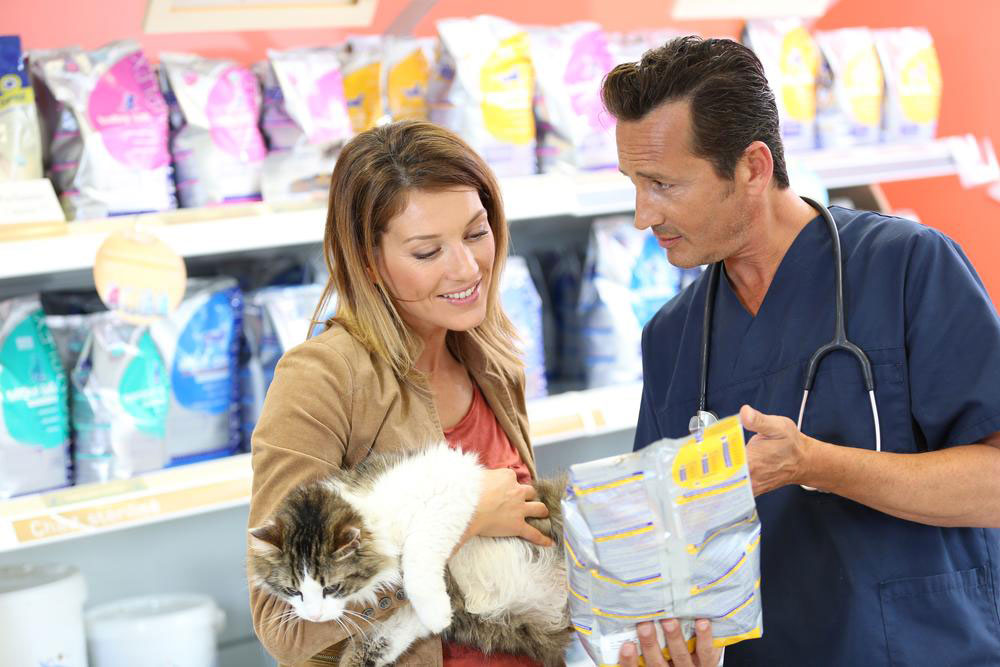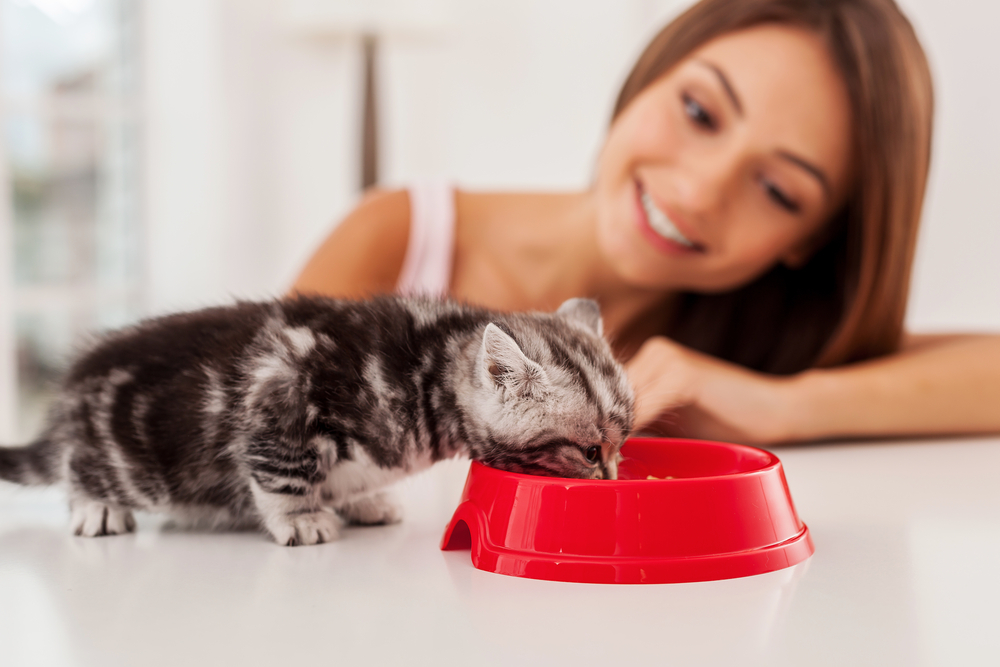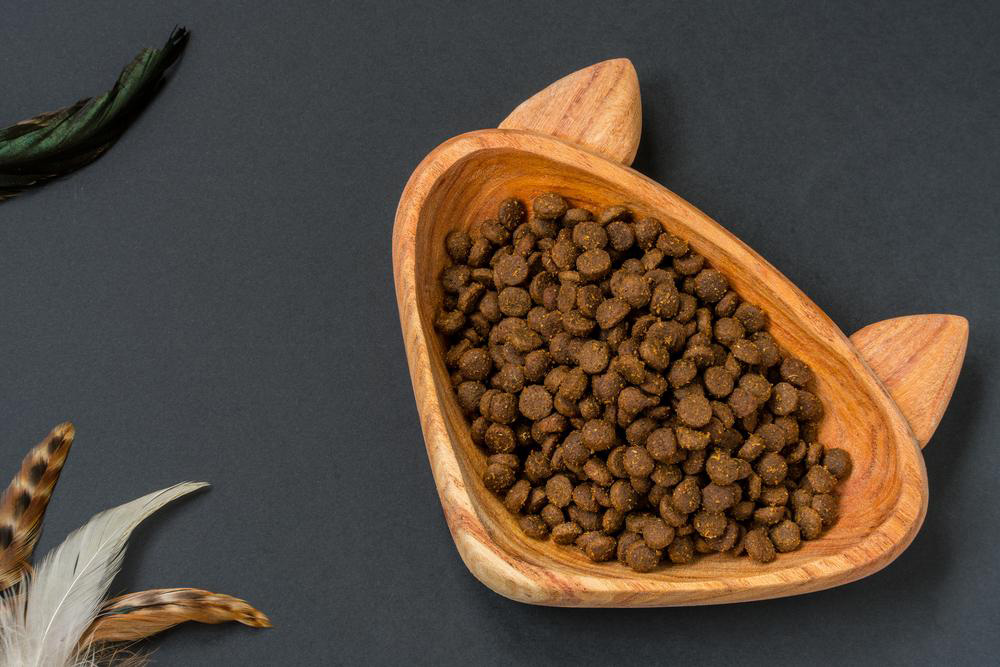Choosing Between Wet and Dry Cat Food for Optimal Health
Discover the benefits and considerations of wet versus dry cat food to enhance your feline's health. Understand their nutritional needs, hydration levels, and preferences to make informed feeding choices for a happy, healthy cat.
Choosing Between Wet and Dry Cat Food for Optimal Health
Cats today have nutritional needs that differ from their wild ancestors. While wild felines hunted small animals for protein and moisture, domesticated cats like Fluffy rely on their owners to provide balanced meals.
Here's a comparison of the advantages and disadvantages of canned wet food versus dry kibble for your feline companion:
1. Convenience of Dry Cat Food
If your cat spends most of the day alone, dry kibble is a practical choice due to its ease of storage and long shelf life. It doesn’t spoil quickly and is simple to portion for daily feeding.
Dry food is straightforward to serve and store, making it a favorite among many pet owners. Wet food requires refrigeration or prompt consumption to prevent spoilage.
2. Dental Health and Senior Cat Support
Many pet owners choose dry kibble because it can help clean teeth through chewing. However, senior cats, those with dental issues, or missing teeth might prefer softer options like canned food. Kittens also benefit from soft, moist foods. Alternatively, dry kibble can be softened with warm water or broth.
Wet food is gentler on sensitive teeth and provides a soothing texture for older or dental-impaired cats.
3. Hydration Benefits
Wet cat food contains more moisture than dry kibble, naturally helping to keep cats hydrated. This is especially beneficial for cats that don’t drink enough water on their own, as increased water intake aids kidney health and prevents urinary issues and constipation.
4. Eating Preferences and Preferences
Many cats are gourmets who prefer specific textures and flavors. Wet food often encourages multiple small meals daily, which is convenient with single-serve cans. To enhance palatability, serve cool food at room temperature by warming it slightly, as cats usually dislike cold dishes.
5. Combining Wet and Dry Food
Cost-efficiency often leads owners to choose dry kibble, as it generally provides larger quantities for less money. You can mix wet and dry by topping or combining them, ensuring the kibble remains moist and tasty to your cat’s liking.
6. Meeting Your Cat’s Nutritional Needs
Choosing nutrient-rich, high-protein foods free from artificial additives is key. Cats are obligate carnivores, so prioritize foods with quality meats like chicken, fish, turkey, or lamb listed first. Avoid grain-heavy formulas that can cause weight gain, and if grains are included, opt for whole grains like barley or brown rice rather than empty fillers like corn or soy meal.
Note: Our blog offers helpful insights across various pet topics, but information should not replace professional veterinary advice. We strive to provide accurate data, yet discrepancies can occur, and readers should consult experts for personalized guidance.

